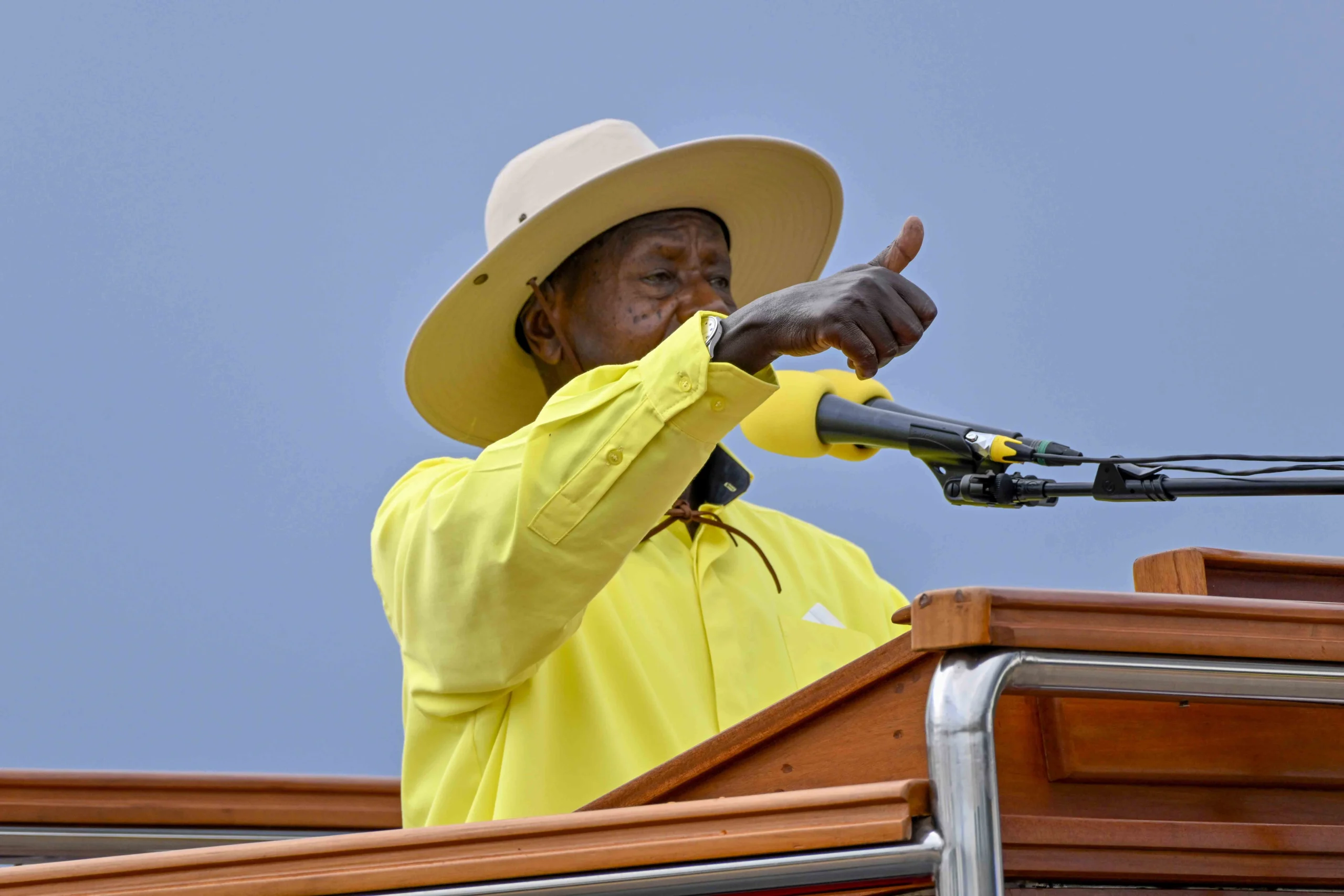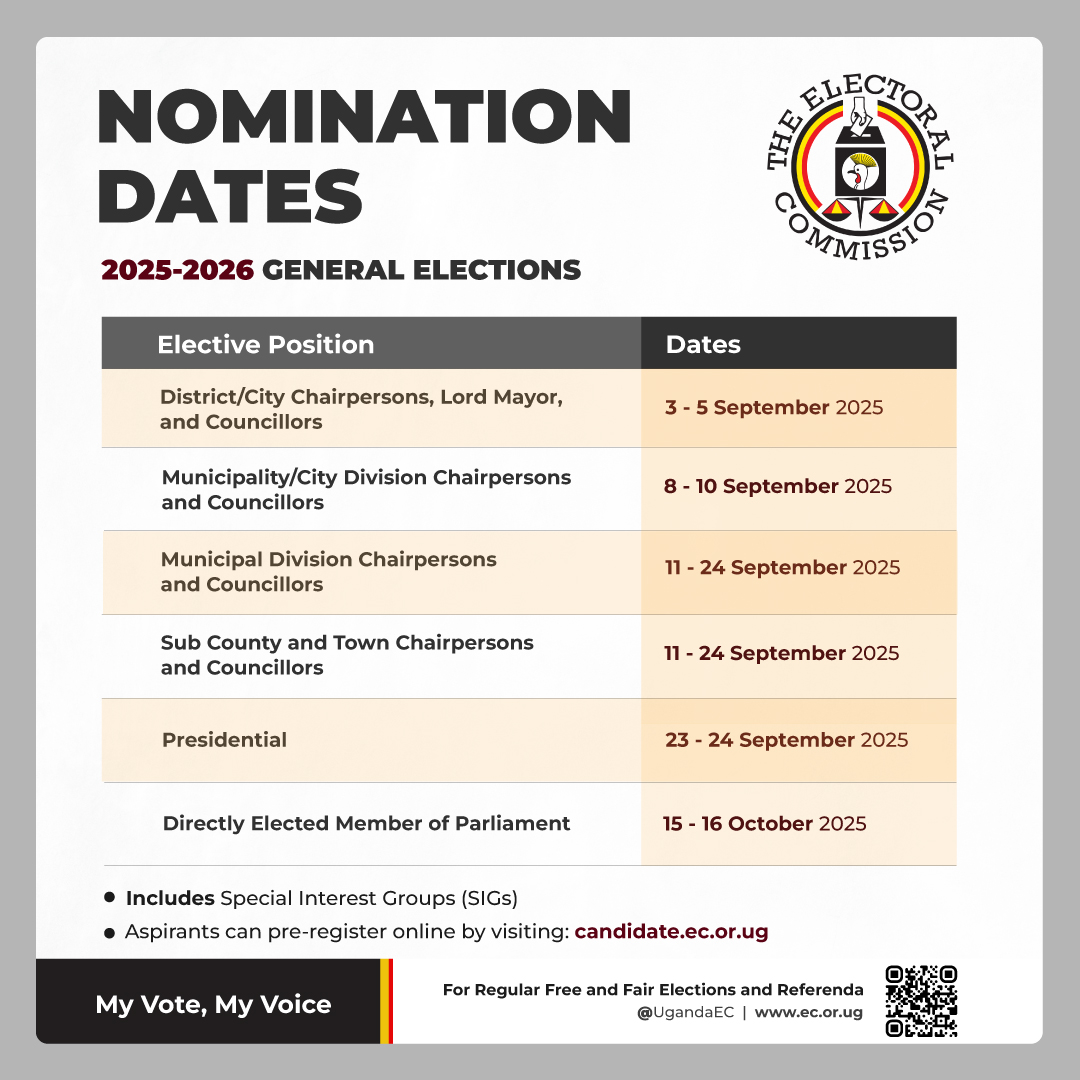By Rising Nation Editorial
In a significant diplomatic milestone, Uganda and Kenya have reaffirmed their long-standing partnership with the signing of seven new bilateral agreements, raising the total number of cooperation frameworks between the two nations to 25. The agreements were formally endorsed during a high-level meeting between President Yoweri Kaguta Museveni of Uganda and President William Ruto of Kenya, setting a new trajectory for economic integration, shared development, and regional stability.
The newly signed Memoranda of Understanding span key sectors including tourism, property rights, fisheries, agriculture, transport, investment promotion, and regulatory standards. Each agreement is designed to strengthen cross-border collaboration and deepen mutual benefits between the two East African neighbours.
During the joint press conference, President Museveni emphasized the urgency for Africa to realign its development focus and harness its abundant resources more effectively. Quoting from a biblical prayer, he reflected on Africa’s historical missteps, stating, “They left undone what they ought to have done and did what they ought not to have done,” calling this the underlying dilemma of the continent. He underscored that the foundation of a thriving modern economy is built on the production of goods and services, particularly in agriculture and industry. However, he noted that production alone is not enough without guaranteed access to markets, asking the central question, “Who buys what you produce?”
President Museveni called on African leaders to prioritise market creation and regional consumer engagement as fundamental components of the economic conversation. He expressed optimism that the East African region is entering a new phase of economic consciousness and collective action.
President William Ruto, in his address, praised the enduring ties between Kenya and Uganda. He noted that his discussions with President Museveni covered a broad spectrum of bilateral, regional, and continental issues. He highlighted shared priorities such as infrastructure, trade, energy, security, and deeper regional integration. President Ruto described the agreements as a reflection of a partnership built on mutual respect, shared values, and a joint ambition to ensure regional prosperity.
He reaffirmed the closeness of the two nations, bound not only by geography but by a common heritage and a vision for unity within the East African Community. The depth of their cooperation, he said, showcases what regional solidarity can achieve when anchored in clear goals and political will.
The new agreements will enhance tourism through joint marketing strategies, promote inclusive urban resilience by protecting property rights and supporting informal youth and women traders in the Busia metropolitan area from 2025 to 2028, and foster cooperation in fisheries and aquaculture for sustainable use of aquatic resources. They will also strengthen agriculture and livestock management, improve cross-border transport infrastructure, harmonise standards between Uganda National Bureau of Standards and Kenya Bureau of Standards, and promote mutual investment and technology exchange.
These frameworks are expected to unlock new opportunities, bolster investor confidence, and streamline trade flows between the two countries. The focus on key sectors reflects a strategic agenda to boost productivity, improve livelihoods, and accelerate regional economic growth.
As Uganda and Kenya chart a unified path toward shared prosperity, the significance of these agreements extends beyond the immediate stakeholders. They send a clear signal that East Africa is committed to building a more integrated and competitive economic bloc. Through deliberate and sustained cooperation, both nations are demonstrating leadership in shaping a future of collective strength, economic resilience, and sustainable development.
The signing of these bilateral agreements marks more than a diplomatic gesture. It is a tangible commitment to transformative action, reaffirming the belief that the region’s future lies in unity, partnership, and a shared vision of progress.




